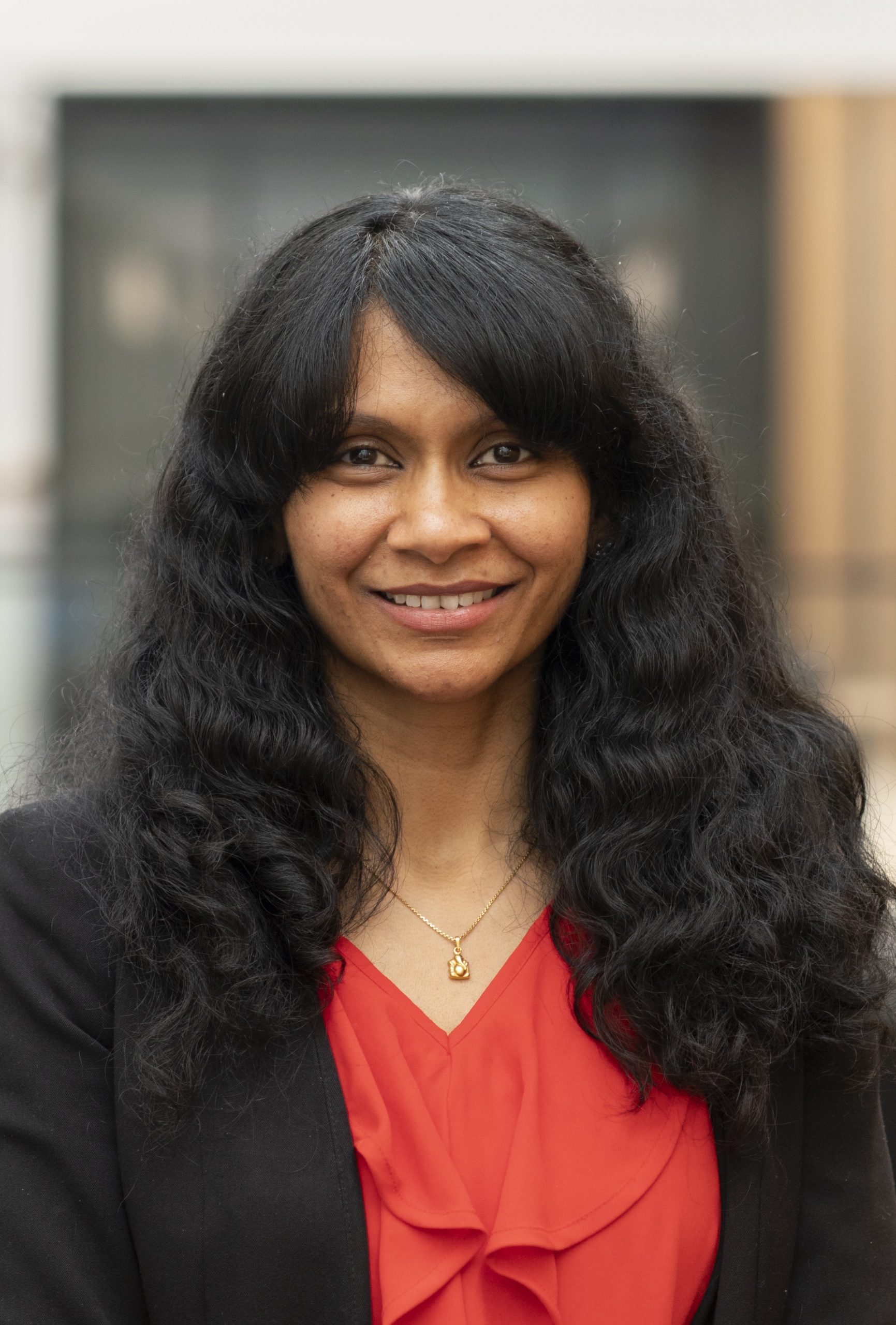APL Electronic Devices: Coming Soon

Focus and Coverage | Format and Content | Editorial Team | Subscribe to our Newsletter
The journal will open for submissions in 2024.
Focus and Coverage
APL Electronic Devices publishes research related to the broad and interdisciplinary topic of electronic devices. As a journal that seeks to bridge multiple communities – theory/modeling, experimental/applied physics, and materials/engineering – we welcome contributions ranging from fundamental aspects of electronic structure to the design, fabrication, and characterization of real-world electronic devices. Capturing research that is interdisciplinary and/or translational, the journal brings together cross-cutting research themes across materials science and device engineering. The journal aims to foster interactions between academia and industry by highlighting emerging fields in electronic materials and devices.APL Electronic Devices considers theoretical and experimental research that addresses topics including, but not limited to:
- Semiconductors
- Materials and devices for ICT
- Emerging semiconductors and heterostructures
- Power electronics
- Quantum devices
- Energy materials and devices
- Electrothermal and electromechanical systems
- Photovoltaic and photoelectrochemical systems
- Energy storage systems
- Bioelectronics and biosensors
- Epidermal and implantable electronics
- Electrochemical sensors
- Electroceuticals
- Optoelectronics
- Electronic and photonic devices including micro- and nanoelectronics
- Optical devices, sensors, and detectors
- Optical data storage
- Printed and flexible electronics
- Wearable electronics and smart textiles
- Additive manufacturing for microelectronics
- Functional inks for electronic devices
- Sensors and actuators
- Robotics
- Signal processing
- Human machine interfacing
- Neuromorphic devices and systems
- Memristors and non-volatile memories
- Neuromorphic computing
- Hardware for AI
- 2D materials and devices
- Structural and electronic properties of 2D device materials
- Ultra low power devices
Format and Content
APL Electronic Devices will publish the following article types: Articles, Reviews, Perspectives, Roadmaps

Editorial Team

Sohini Kar-Narayan
Editor-in-ChiefSohini Kar-Narayan is Professor of Device Materials in the Department of Materials Science at the University of Cambridge, where she leads an interdisciplinary research group working on functional nanomaterials and devices for energy, sensing and biomedical applications. She received her PhD in Physics from the Indian Institute of Science, Bangalore, in 2009, and was awarded a prestigious Royal Society Dorothy Hodgkin Fellowship in 2012. She was the recipient of a World Economic Forum Young Scientist Award and a European Research Council (ERC) Starting Grant in 2015, and also an ERC Consolidator Grant in 2023. Prof. Kar Narayan received the Royal Society of Chemistry Peter Day Prize in 2023. She was recognized as one of the Top 50 Women in Engineering of 2021 by the Women’s Engineering Society, and was elected Fellow of the Institute of Materials, Minerals & Mining (IoM3) in 2022. She is also a Professorial Fellow of Clare Hall College in Cambridge. She is a Co-Founder and Director of ArtioSense Ltd., a Cambridge University spin-out that seeks to commercialize microfluidic force sensors for precision orthopedic surgery, for which she was awarded the Armourers & Braisiers’ Venture Prize Award in 2022, and the Institute of Physics Lee Lucas Award in 2023. She was named “Innovator of the Year” at the 2024 Electronics Weekly Women Leaders in Electronics Awards.
Subscribe to our Newsletter
ISSN: 2995-8423 | CODEN: AEDPBN
